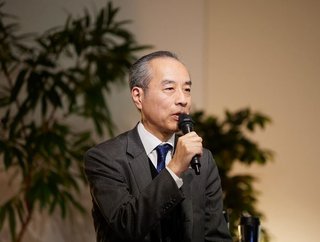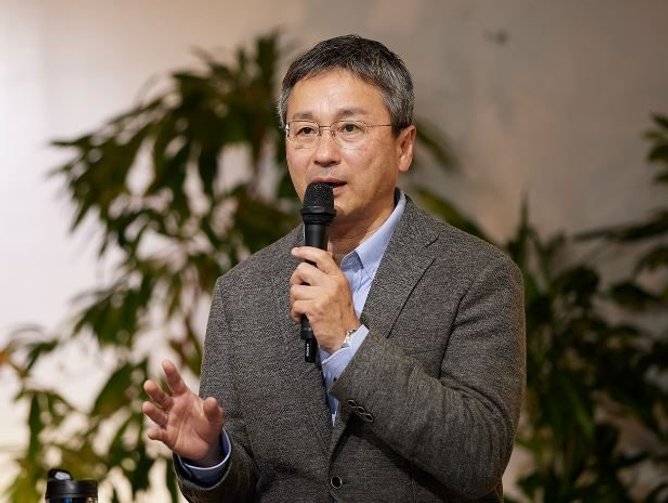How Panasonic is Using R&D to Accelerate Towards Net Zero

Panasonic is setting out how it will harness the power of research and development to add impetus to its efforts to hit its sustainability targets.
Senior leaders at the global electronics company have outlined how R&D is being used to “create a world you would never see without us”.
Tatsuo Ogawa, Panasonic Holdings Corporation (PHD) Executive Officer and Group CTO, and Hideo Ohara, General Manager of the Technology Division’s Manufacturing Innovation Division, said R&D and sustainability should have strong links.
Tatsuo said: "To realise a society that is sustainable and promotes wellbeing, we are actively working toward co-creation and new businesses, communicating with likeminded people both inside and outside the company.”
In January 2022, the Panasonic Group formulated its long-term environmental vision Panasonic GREEN IMPACT (PGI), setting the goal of achieving virtually zero CO2 emissions (Scope 1 and 2) at all operating companies by 2030 and a reduction in CO2 emissions of more than 300 million tonnes by 2050.
As part of this, Panasonic says it is “promoting research and development with green transformation (GX) as a pillar of its growth strategy”.
According to Panasonic, the Technology Division’s approach to GX centres on “promoting research and development in the three areas of carbon neutrality, circular economy and nature positivity”.
Hideo, who is leading hydrogen-related R&D (including fuel cells) and working to build momentum for a hydrogen society through business collaboration, said: “Some of the technologies we’ve introduced to the market have ended in failure. I guess you could even describe our research and development efforts as a series of failures.
“To avoid being discouraged by a single failure and keep the light of challenge burning, we’ve taken a long-term approach to cultivating technologies that can be useful to society while remaining in step with the times.
“Resources and knowledge that fail to flourish during initial development are being passed on to the next technology over a time horizon of 10 or 20 years.
Ohara added: “We continue to research and develop seeds with potential for the future, no matter how small. We will continue to create businesses that are highly compatible with the global environment from a medium- to long-term perspective.”

Panasonic is also leading a push to standardise avoided emissions and to promote their worldwide use as a green progress measure.
Avoided emissions are CO2 emission reductions that occur outside of a company’s value chain, such as emissions reductions made possible by the use of products and services by customers and within society.
Panasonic said it believes that a company should be evaluated “not only in terms of the amount of CO2 and other greenhouse gases that are emitted in its value chain as the result of business activities, but also in terms of the avoided emissions it generates”.
******
Make sure you check out the latest edition of Sustainability Magazine and also sign up to our global conference series - Sustainability LIVE 2024
******
Sustainability Magazine is a BizClik brand
******






